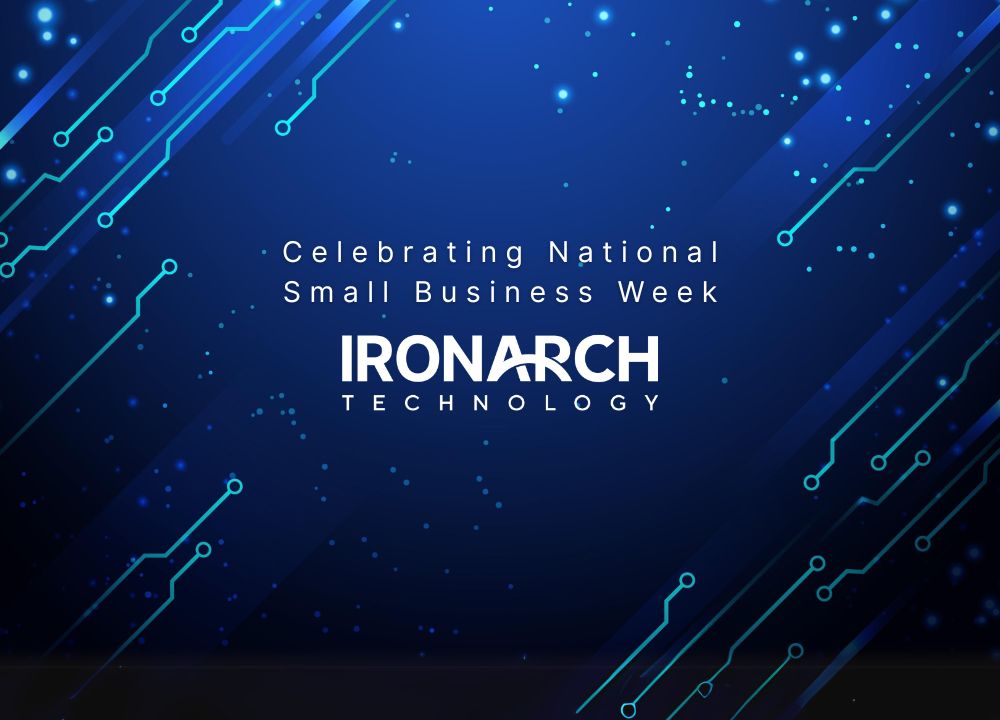The recent Executive Order (EO) prioritizing commercial software, known as commercial off the shelf (COTS), in federal contracts sends a clear message: maximize value, minimize reinvention.
At IronArch, we work across both COTS and custom environments, and we focus relentlessly on what best serves the customer’s mission. We welcome the EO's perspective, seeing it as a call for deeper, more effective partnership between industry and government. In this post, we share our perspective on how contractors can help government agencies thoughtfully implement COTS solutions to maximize value to the government and minimize reinvention and cost.
Why Commercial Software Can Be Hard for Government
Too often, agencies get sold a dream: big vendors promise their platform will solve all their problems. Agencies make an investment based on that promise, only to find themselves in a game of features, modules, and add-ons as they attempt to implement the tool to meet people’s needs. Or, this happens: what starts as an intention to use the solution out of the box turns into a shift away from adopting the solution as-is.
“It becomes an iron triangle issue,” says Dan Miller, VP of Digital Services at IronArch. In software development, iron triangle refers to the inherent conflict between three inevitable constraints: scope, schedule, and cost. How so?
- Many COTS implementations derail not because the tool itself doesn’t work as promised, but because holding the line on costs and adopting the tool as-is requires internal process adaptations.
- If the agency can't adapt to fit the tool, investments in customization experts or an expensive implementation contract become necessary.
- If the government attempts to self-implement in a rapid fashion without the right skillsets and time investment internally to do so successfully, implementation is derailed.
Buying COTS through the procurement process is the easy part. Making the solution work efficiently within the agency’s unique ecosystem and getting the cost value is a critical next step—and that’s where contractors come in.
How Contractors Can Help
Contractors can provide critical implementation planning to ensure the end result is a tool the agency can actually use.
“You have to be intentional with the functionality you are getting from COTS and accept that customization requires specialization,” says Dan.
In complex agency environments, a COTS solution will often require real tailoring, meaning the workflows, integrations, and user experience all require adjustments. For the government, addressing the need to customize means bringing in a team of contractors to make the COTS solution fit the agency’s unique needs. When COTS solutions require this complex customization, success hinges on the skills and strategy behind the scenes—not just the software itself.
What we like about the new EO is it gives agencies flexibility to request exceptions when COTS won't meet the challenge alone. We believe agencies should utilize those exceptions to engage specialized contractors where it really matters to the mission.
Optimizing Commercial Software Implementation Needs Through Procurement
In addition to exercising the exceptions request option, agencies can satisfy the EO’s call to action and ensure the tool works for the agency by proactively engaging contractors through key procurement stages and offering flexible delivery approaches in contracts.
Procurement Strategies
Codesigned procurement. Starting the conversation and collaboration earlier in the process with potential vendors, internal stakeholders, and end users can help determine the extent to which COTS customization may be needed.Evaluation. Agencies have the ability to demand more from vendors in the proposal stage: not just software demos and case study submissions highlighting similar past performance success, but real plans for implementation, evolution, and value to the government and tech challenges that prove they have the expertise.
An example: A recent New York state RFI gave vendors multiple options for responding to best meet the needs of the agency and left it to the implementing contractor to make the best case for the mission. This gives both the government and potential vendors the flexibility to find the best possible, most efficient solution.
Flexible Delivery Strategies
Promote innovation. “Agencies can pave the way for effective collaboration and innovation by focusing the PWS on measurable outcomes that allow the contractor to bring solutions to challenges as they come up in lieu of strict requirements,” says Bekah Hogue, Project Manager at IronArch.
Smarter Conversations up Front
The real opportunity, as we see it, is smarter conversations up front. For the partnership between government and contractors to result in efficient software solutions for the public, agencies must invest up front in understanding their real needs, their existing tech stack, and the path to usability and sustainability. At the same time, contractors need to be transparent about what’s truly “out-of-the-box" versus what requires investment in expertise to implement or customize for the government client to realize the intended value.
This EO gives us a powerful framework to help our government partners think critically: not just “buy commercial,” but a call to implement smart, sustainable solutions. We’re platform-agnostic. We build with COTS when it fits, and we build custom when it doesn’t—staying focused on the outcomes and the mission.


